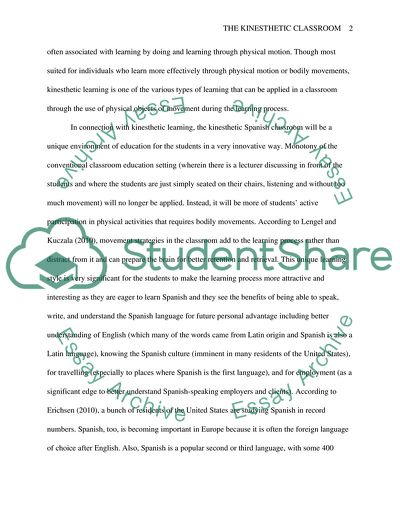Cite this document
(The Kinesthetic Classroom Research Paper Example | Topics and Well Written Essays - 1500 words, n.d.)
The Kinesthetic Classroom Research Paper Example | Topics and Well Written Essays - 1500 words. Retrieved from https://studentshare.org/education/1746443-the-kinesthetic-classroom
The Kinesthetic Classroom Research Paper Example | Topics and Well Written Essays - 1500 words. Retrieved from https://studentshare.org/education/1746443-the-kinesthetic-classroom
(The Kinesthetic Classroom Research Paper Example | Topics and Well Written Essays - 1500 Words)
The Kinesthetic Classroom Research Paper Example | Topics and Well Written Essays - 1500 Words. https://studentshare.org/education/1746443-the-kinesthetic-classroom.
The Kinesthetic Classroom Research Paper Example | Topics and Well Written Essays - 1500 Words. https://studentshare.org/education/1746443-the-kinesthetic-classroom.
“The Kinesthetic Classroom Research Paper Example | Topics and Well Written Essays - 1500 Words”, n.d. https://studentshare.org/education/1746443-the-kinesthetic-classroom.


